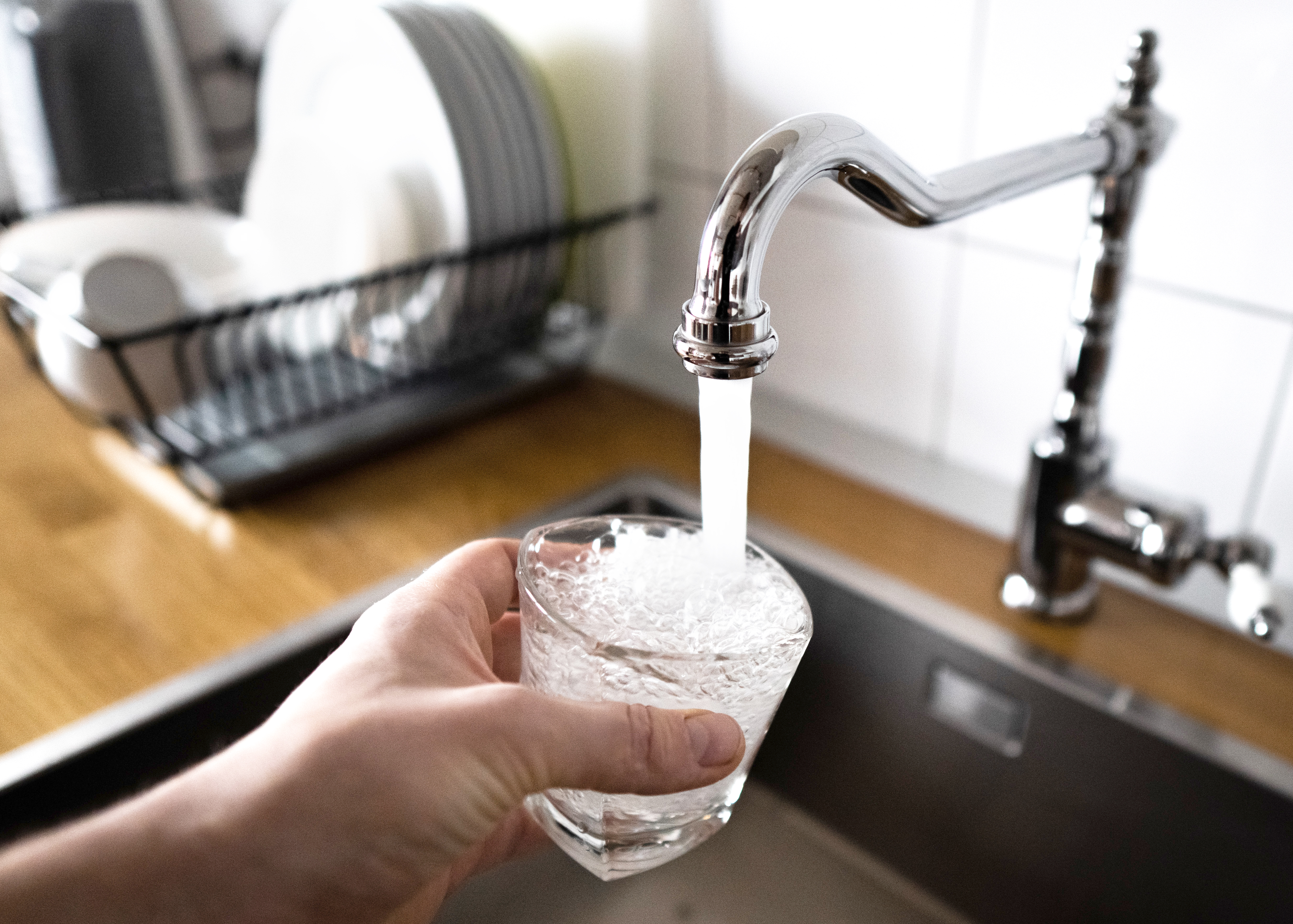
Discover the leading factors affecting your main water line replacement cost in Columbus, including length, material selection, and installation details.
Turning off the water main valve is easy; finding it might not be


If you need to stop the water supply to your entire home in a hurry, knowing how to turn off the water main shut-off valve is key. After you locate the water main shut-off valve in the basement or crawl space, you can turn it off by turning the ball valve lever one-quarter turn or turning the gate (or wheel) valve counterclockwise. Learn why you should know this valve’s location before an emergency hits, and how to turn it off.
If you know where the shut-off valve is, you can turn it off in a few seconds. However, if you don’t know where it is, learning how to find your main water shut-off valve is often far more difficult than actually shutting it off. It could take you several minutes or longer to locate the valve in an emergency, all while more water damage occurs.
The shut-off valve could be in a few different locations, depending on the type of foundation you have and the origination of your water supply.
If you have a basement, the shut-off valve will likely be here. If you have a city or municipal water connection, the valve should be near the wall closest to the water main along the street or alley.
Look for the area where the water supply comes through the foundation into the home. You should see a water supply pipe and sewer pipe going through the wall. Bring a flashlight in case it’s dark in this area.
If you live on an acreage with your own well, the basement is the most likely location for the shut-off valve.
When you have a slab on-grade foundation, your water supply shut-off valve should be near the water heater. It could be above or below the water heater.
If your water supply pipe goes through the home’s crawl space, the shut-off valve is likely in the crawl space, too. Look near the area where the supply pipe enters the house.
If you simply cannot find the shut-off valve inside your home, you could turn off the water supply where the municipal water main enters your property. Look for a buried concrete box or pit with a metal lid at ground level. (If you’re lucky, the lid will have “water” stamped on it for easy identification.)

Once you find the valve, turning it off only takes a few seconds. However, there are different types of valves, and each one requires a different turning method.
A ball valve is a lever on the side of the primary supply pipe. If the lever is parallel to the pipe, it’s in the on position. Turn it a quarter turn and leave it perpendicular to the water supply pipe to put it in the off position.
A gate valve looks like an outdoor faucet handle. Turn it counterclockwise until it stops turning to put it in the off position. Turn it clockwise for the on position.
If you’re turning off the valve near the street, remove the lid and look inside the concrete pit. Your water meter should be in the center of the pit. You might see shut-off valves on either side of the water meter. The valve toward the street or alley is the municipal shut-off valve. In many locations, it’s a crime to tamper with the municipal valve.
On the side closer to your house, you should have a customer shut-off valve (usually a ball valve) that you can turn off. You’ll likely need a water main tool (shaped like a T) or a crescent wrench to turn the nut that holds this valve in place.
Although turning off the water main shut-off valve is straightforward, you should avoid a few potential mistakes.
If you know where the plumbing problem is, try using a nearby isolation valve to cut off water to the problem area. There’s no need to shut off water to the entire house if you can avoid it.
The valve might be difficult to move or turn if no one has used it in a long time. Don’t force it the wrong way and risk breaking it. If you cannot make it turn, call a plumber.
After turning off the valve, you can turn on faucets throughout the house to bleed any remaining water from the pipes.
If you are shutting off the water main and bleeding water from all the pipes, shut off your water heater and water softener.

You should turn off the water main shut-off valve for a few reasons, including:
You see a crack or leak in a large water supply pipe.
You have a water leak or burst pipe in an unknown location.
You have frozen pipes.
You’re replacing several plumbing pipes.
You’re doing major plumbing repairs.
You want to bleed the water lines before winter.
The house will be unoccupied for several weeks.
Figuring out how to turn off the water main shut-off valve is an easy job that most people can do themselves. However, after turning off the water supply, you should not attempt to fix plumbing problems yourself. Instead, hire a local plumbing professional to repair the problem.
If you are unsure how to turn off the valve or cannot find it, a plumber can turn off the main supply valve for you after arriving to fix the plumbing problem. Shutting off the water supply quickly is the best way to avoid additional water damage from a leaking or burst pipe. You should try to do it yourself while you wait for the plumber.
From average costs to expert advice, get all the answers you need to get your job done.

Discover the leading factors affecting your main water line replacement cost in Columbus, including length, material selection, and installation details.

Learn about main water line repair costs in Columbus and what affects pricing to be prepared before you start getting estimates.

Learn how much plumbers cost in Columbus, Ohio. Discover pricing for faucet repairs, pipe work, and emergency services, plus how you can save money.

Learn how to remove a bathtub drain for cleaning or replacing, whether you’ve got a simple toe-touch stopper or a more complicated trip-level model.

Winter can be particularly harsh on your plumbing—from water heater issues to frozen pipes. As the weather gets chilly, use these tips to prepare your home and avoid a costly winter plumbing leak.

Learn how to cut PEX pipes if you need to replace copper or galvanized steel pipes due to leaking, corrosion, or rust. Cutting PEX pipe only requires a few simple tools.